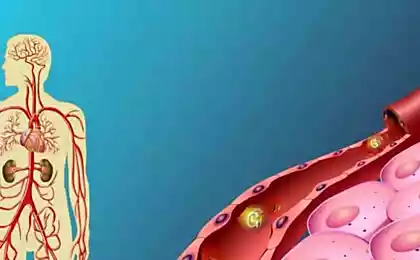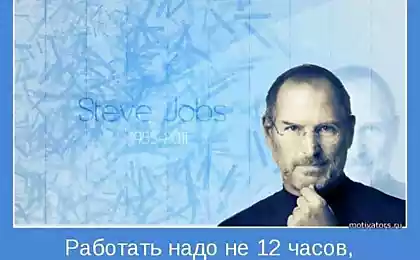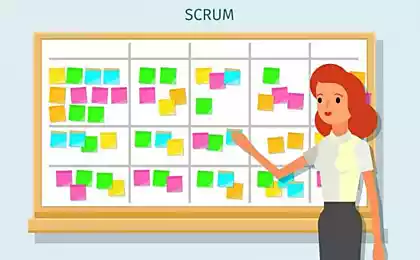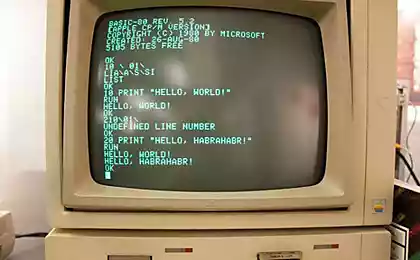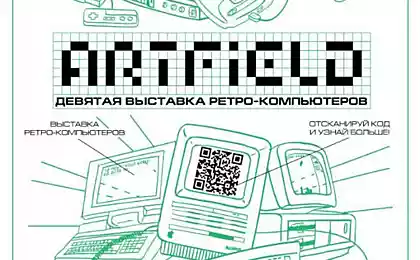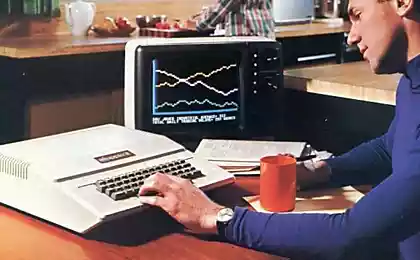145
Sugar computer solves arithmetic problems
In the chemical laboratory of Friedrich Schiller University Jena, Germany, Dr. Alexander Schiller works with a plastic board with 384 small indentations. With a pipette, the chemist adds drops of sugar solution to the rows of tiny reaction vessels. As soon as the syrup enters the vessels, some of them begin to glow.
What the professor of photonic materials does in a simplified form could be called “the sweetest computer in the world.” The sugar molecules used by Schiller are part of a chemical sequence to process information.
A chemist at the University of Jena and two graduate students Martin Elstner and Jörg Axthelm recently described their work in the scientific journal Angewandte Chemie International Edition. They shared with the public how their sugar-based molecular computer works.
For all the complexity of modern digital electronics, it is based on a simple logical binary system that uses electric current. Either the current (voltage) is there, and then the state of the logical element is described as unity, or it is not when the element is in the zero state.
The fundamental differences between the two logical states "1" and "0" can be described not only by means of electric current. The Jena researchers used a chemical reaction to do this.
Their sugar computer uses several chemicals. One of them is a fluorescent dye, the other is a so-called fluorescence suppressor. “If both components are present, the dye does not show its effect and we do not see the fluorescent signal,” says Schiller. But when sugar appears, the suppressor reacts with it and loses the ability to suppress light. Thus, the chemical cell moves from the state of zero in the absence of a light signal in the state of unity depending on the combination of substances: dye, fluorescence suppressor and sugar.
“In our system, we link chemical reactions to computer algorithms to process complex information,” says Martin Elstern. If a fluorescent signal is recorded, the algorithm determines what happens in the next reaction vessel. Thus, logical signals are not translated into electrical form, as in a computer, but are processed depending on the state of the substance.
The researchers demonstrated the efficiency of the chemical computer by calculating the sum of two numbers, 10+15. “It took our sugar computer about 40 minutes, but the result was right,” says Shiller, smiling, adding, “But our goal is not to develop chemical competition for stable computer chips.”
The researcher sees the scope of his invention in medical diagnostics. Perhaps over time, chemical computations could be used for medical analysis. Molecular logic will help to make an accurate decision about the diagnosis and treatment strategy of patients.
FSUJ materials
Source: facepla.net
It is impossible to believe, but it is Russia.
Scientists have found the main cause of premature birth



